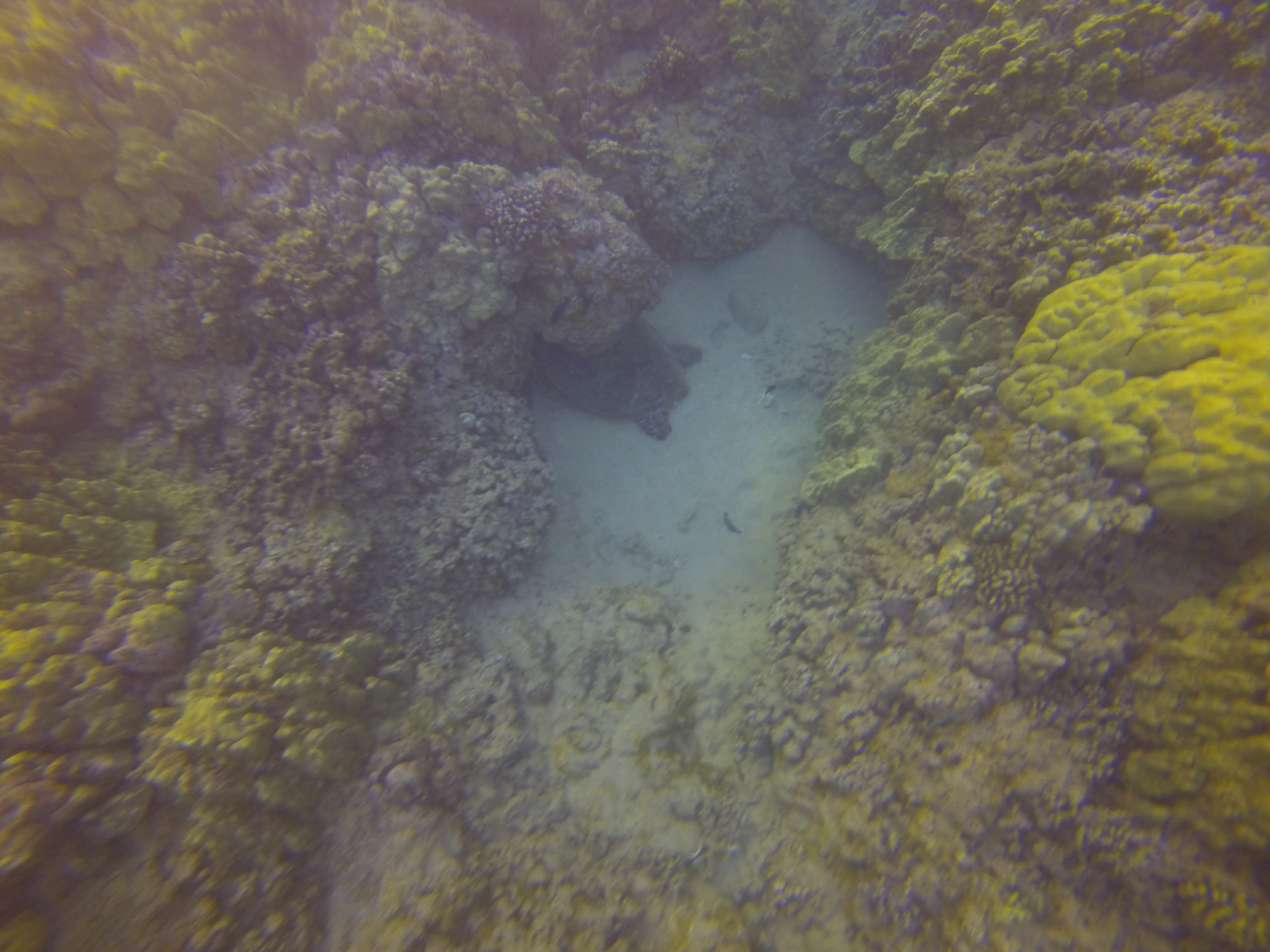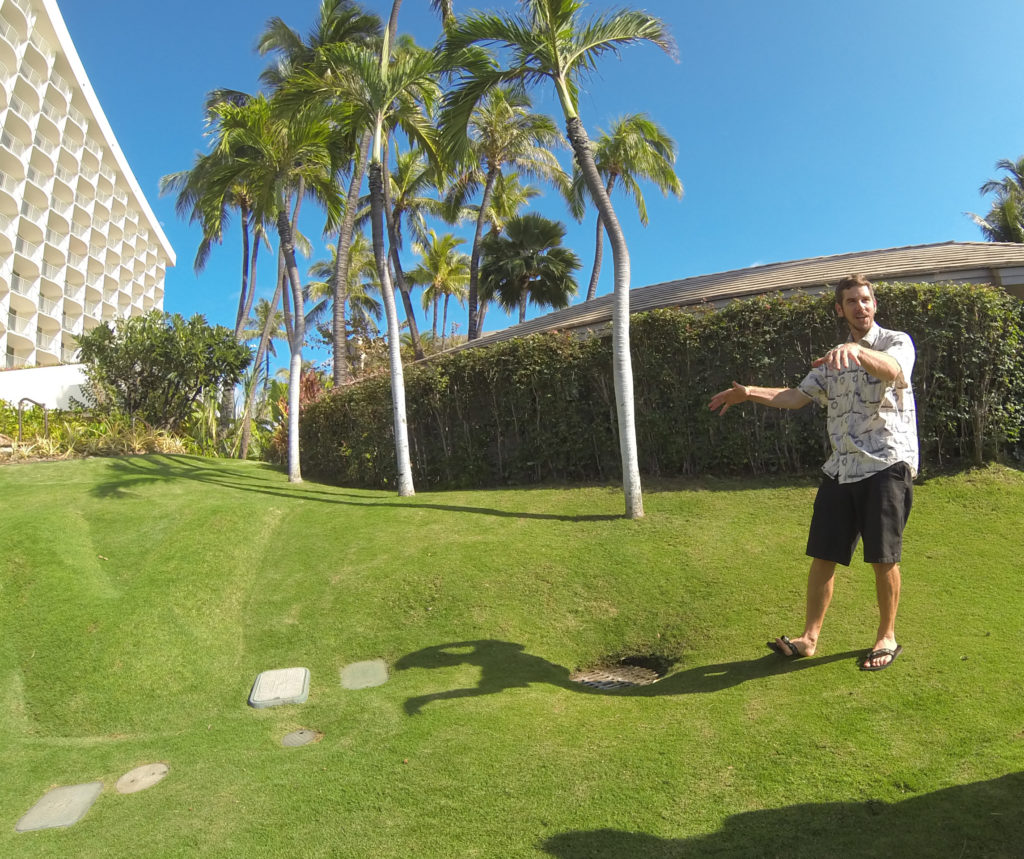For many years, few people paid attention to the impacts that poor water quality has on coral reefs. But this is changing. At the International Coral Reef Symposium (ICRS), many sessions focused on discussing this important issue. Never has the CORAL team been so excited to hear so many talks on sewage, sedimentation, and runoff!

Poor water quality impacts most of the reefs around the world. When polluted water enters the ocean, it carries both sediment and nutrients. Sediment can smother a reef, blocking out the sunlight that corals need in order to grow. Nutrients fuel the growth of algae and seaweeds which compete with corals for space. According to a talk by Stephanie Wear of The Nature Conservancy, high levels of nutrients can also lead to higher incidences of coral disease and bleaching. This is particularly relevant today when we’re in the middle of the third global bleaching event.
But as Wear pointed out, our efforts to address reef threats are unbalanced: there is more focus on combatting overfishing than on addressing poor water quality. We know that to help corals deal with climate change, we need to reduce all local threats to reefs so that they have the ‘breathing room’ to adapt.
However, poor water quality is a complicated issue to address. Often our water quality standards are designed with human health in mind, but this may not be enough to keep corals safe. Also, addressing poor water quality usually means heavy upfront capital investments in infrastructure, which can be a significant hurdle for many communities.

The good news is that we know what we need to do. The first step is to help local communities understand the effects of land-based pollution on coral reefs. Dr. Tracy Wiegner’s project at the University of Hawai‘i is a great example of that. A partner with our Clean Water for Reefs Puakō project, Wiegner, and her team have helped the Puakō community on Hawai‘i Island understand the effects of poor water quality on their local reef. Their study found that cesspools leak sewage into the nearshore environment in as little as six hours. According to Wiegner, there are 90,000 cesspools in the state of Hawaii, and 50,000 of those are on Hawai‘i Island. Hawai‘i is the last state in the US to ban cesspools, and the second to last state banned them 50 years ago.
Work like that of Dr. Wiegner shows linkages between land and reefs, and can be instrumental in motivating communities to take action. The next step is to connect communities with the tools and resources they need to address water pollution. We’re already doing this on Hawai‘i Island, on Maui, and in Honduras. With the amount of attention poor water quality received at ICRS this year, we’re optimistic that we will see an increase in global efforts to address these threats in the coming years.
